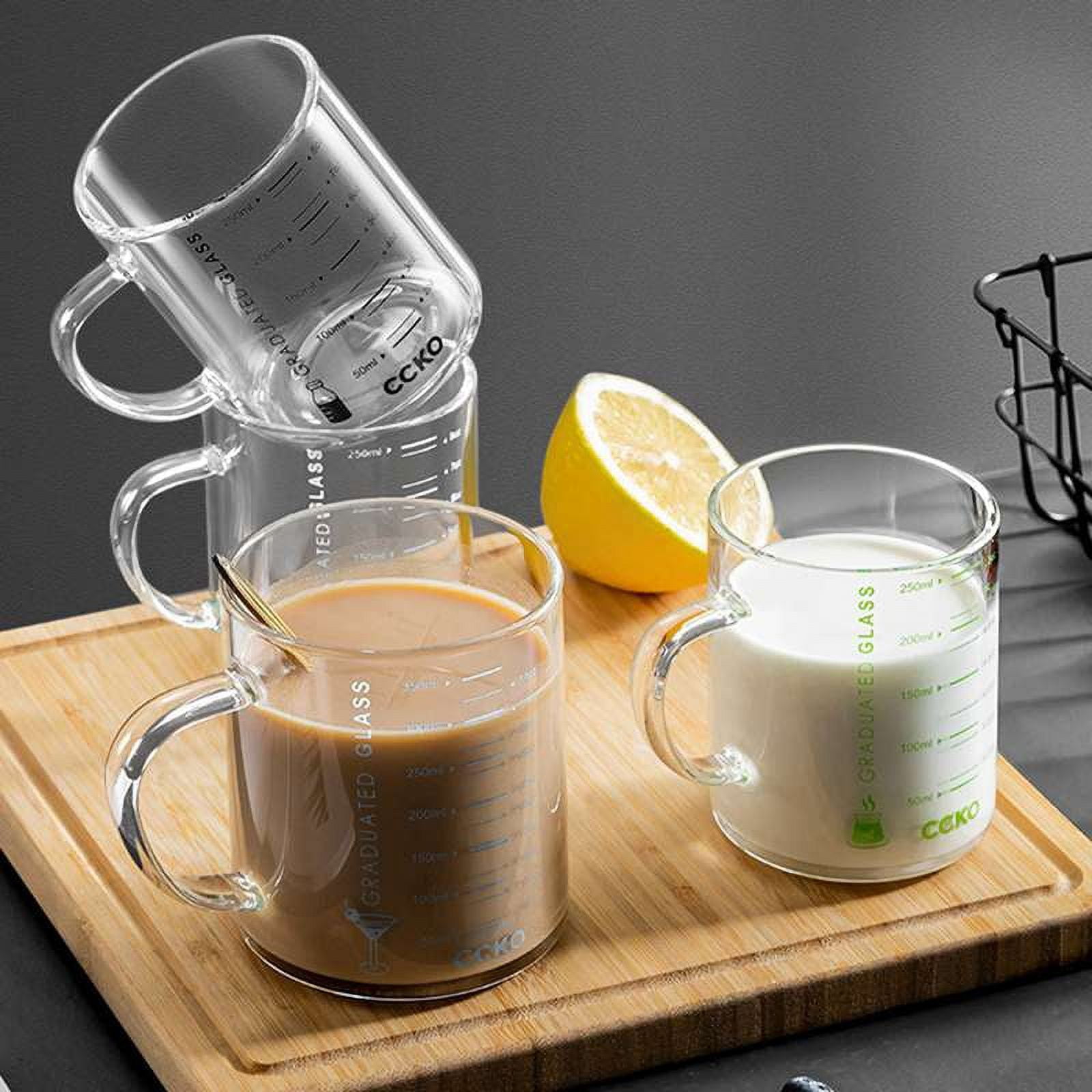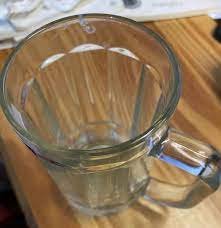Welcome to another detailed exploration on TheKitchenApplianceDad.com, where we aim to answer your kitchen appliance questions with clarity and expertise. Today, we’re tackling a common query that pops up in many households: can you microwave glass cups? This guide will take you through everything you need to know about microwaving glass, from safety tips to understanding different types of glass materials.
Before we dive into the specifics of glass cups, it’s crucial to understand how microwaves work. Microwaves heat items by agitating the water molecules in food, which generates heat through friction. Unlike conventional ovens that heat food from the outside in, microwaves cook food from the inside out.
Glass, in its basic form, is made from silica (sand), soda ash, and lime. When combined at high temperatures, these substances form a transparent, hard material, commonly used in kitchenware and other household items.

Not all glass is created equal, especially when it comes to microwave safety. Here are the most common types of glass cups and their microwave compatibility:
Regular glass, or soda-lime glass, is the most common type of glass found around the house, including glass cups. It’s inexpensive but not very resistant to thermal shock. This means that sudden changes in temperature (like those from a cold refrigerator to a hot microwave) can cause the glass to crack or shatter. Therefore, regular glass cups are generally not recommended for microwave use.
Borosilicate glass is designed to be more resistant to thermal shock. This type of glass can handle temperature changes more effectively, making it a safer choice for microwave use. Brands like Pyrex (older models) and some laboratory glassware use borosilicate glass because of its durable properties.
Tempered glass is treated with thermal and chemical processes to enhance its strength and safety. When broken, it shatters into small, blunt pieces that are less likely to cause injury. Many kitchen items made of tempered glass are safe to use in the microwave, but it’s always best to check the manufacturer’s label.
Lead glass or crystal glass contains lead oxide, which adds sparkle and weight to the glass. However, lead glass is not suitable for microwave use as it can lead to lead leaching into food and beverages, posing a health risk.
When deciding to microwave glass cups, consider the following safety tips to avoid accidents and damage:
If your glass cup isn’t clearly marked as microwave safe, you can perform a simple test to check its suitability:
If you are unsure about using glass cups or prefer to avoid any risks, consider these microwave-safe alternatives:
Before you go ahead and pop that glass cup into your microwave, remember the guidelines and tips provided here. Safety should always be your top priority when dealing with kitchen appliances. At TheKitchenApplianceDad.com, we’re committed to helping you navigate these everyday dilemmas safely and informedly. Happy microwaving!

